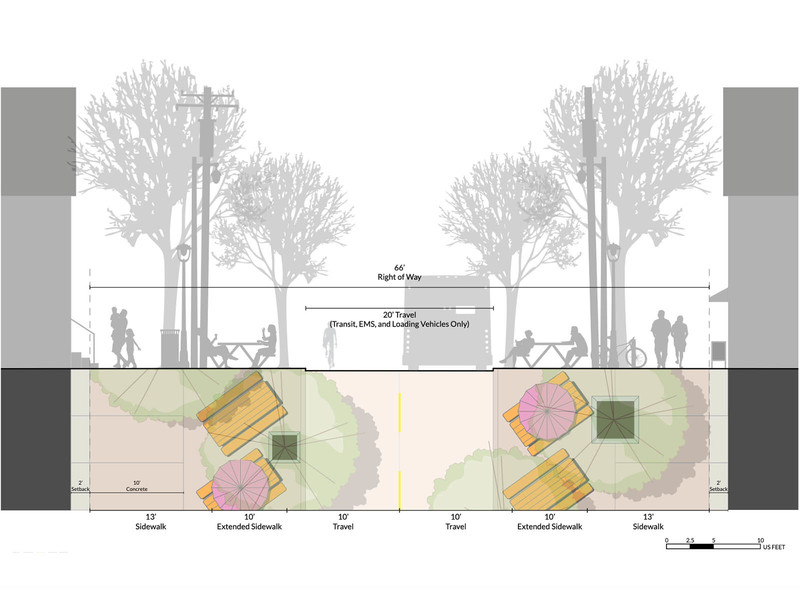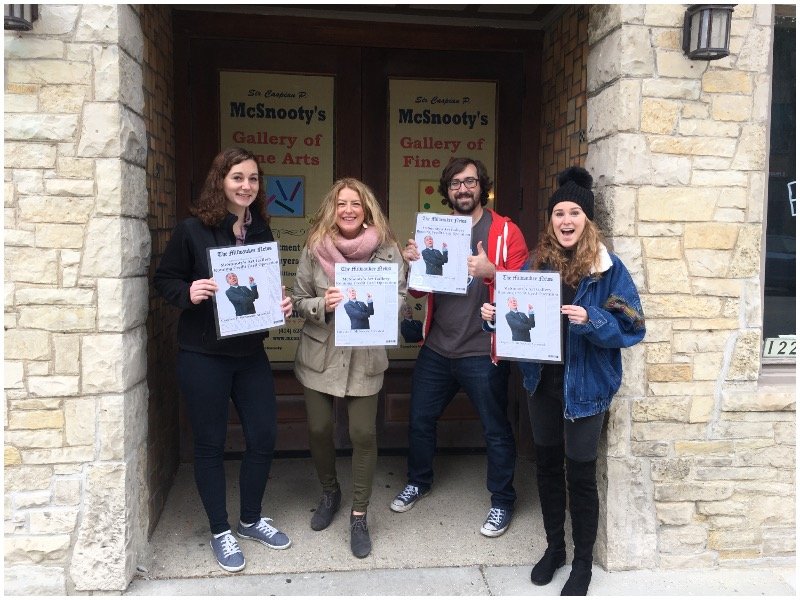Recognized as one of the most diverse neighborhoods in the state, Brady Street has long been a cornerstone of Milwaukee's East Side. One can spend an entire day traversing the length of this storied neighborhood, visiting the family-owned restaurants and shops, nearly all the way to the shores of Lake Michigan.
Milwaukee Fire Capt. Frank Alioto has lived on Brady Street for most of his life and has spent the past year gathering photos and information to chronicle the deep history of the neighborhood.
Alioto's new book, "Milwaukee's Brady Street Neighborhood," is filled with rich photos and detailed captions. Each page contains pictures that capture the essence and aura of Brady Streets' history. Alioto has writen a local history section for the Brady Street News for the last 11 years.
Alioto's parents grew up together in the same duplex on Brady Street, and Frank was born there. He moved to Bay View with his parents when he was 6 years old, but frequently visited the neighborhood where his grandparents still resided.
Immediately after high school Alioto moved back to Brady Street, where he still lives with his wife, Rachelle, and their two children, Sam and Ally.
"I have such a passion for this neighborhood. I loved growing up around here and visiting my grandparents whenever I got the chance to," says Alioto. "Most people have lost all the heritage of their neighborhoods. Brady Street has such a rich history that I couldn't let people forget, and is one of the reasons I put this book together." The book's 10 sections each chronicle a different aspect of this historical neighborhood.
One section contains photos and information about the industries of Brady Street and the employees who worked each job. There are pictures featuring long-forgotten companies such as the Gallun Tannery and railroad companies. There is also a set of fascinating photos of workers cutting ice blocks to use for food storage from the frozen Milwaukee River.
The next few sections show the influence of different cultures on Brady Street, as the Poles and the Italians came to the neighborhood. The Poles came very early to the Milwaukee area and settled along Brady Street in the 1800s. Alioto's book records the names, faces and places of early businesses run by Polish immigrants on Brady Street.
The Italians also populated the Brady Street area early, though after the Poles. As the community gained more influence, the west end of Brady Street became known as Milwaukee's "Little Italy." As with the Poles, many different buildings, businesses and faces are shown and it's interesting how Alioto juxtaposes the modern buildings and businesses with those of their predecessors.
Other sections include photos about popular pastimes for children and adults, postwar pictures, famous people who were born and lived on Brady Street, the hippie era of Brady Street and the "renaissance" of the neighborhood in the late ‘80s.
Alioto gathered the pictures from local institutions such as the Central Library, the Milwaukee County Historical Society and other community centers and local historical societies. He also obtained pictures and information from neighborhood residents, shop owners and old friends such as Father Frank Yaniak, as well as from his own personal collection.
"I am seriously considering writing a second book, because I have more than enough pictures and information to fill another good book," he says.
"Milwaukee's Brady Street Neighborhood" is published by Arcadia Publishing, as part of its "Images of America" series. It is available for purchase for $19.99 at local bookstores as well as Brady Street shops like Dragonfly, Glorioso's Italian deli, Sciortino's bakery, or the Brady Street Pharmacy.







